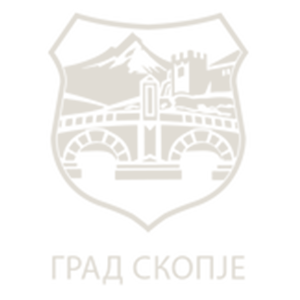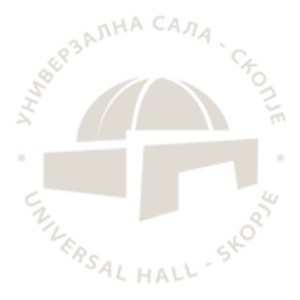Skopje 2028 photo essay on pigeon keeping in Skopje through the story of Ilija Stankovski
Ilija Stankovski has been a pigeon keeper since he was 9 years old. He started with only a few pigeons. After the 1963 Skopje earthquake, in the distant 1965, he moved his pigeons to the prefabs in the Lisiče neighborhood. At that time there were 17 pigeon keepers, and today only 3 are left. Unlike today’s young people who are not interested in pigeon keeping, back in the days this hobby was passed through the generations and was considered a special family tradition.
After his retirement, in the summertime, Ilija spends about 5 hours a day outside with the pigeons. He feeds the adult pigeons, so they can feed the younger ones, the so-called “yavru” (nestling in Turkish). Then, after he examines them, he lets them fly for two hours in the morning, and another two in the afternoon. He can hardly wait, he says, to spend the day with them: “I look forward to the dawn, and I find it very difficult to go home without them at dusk.” Sometimes, the pigeons get lost or are caught by a hawk. They can also fly to other pigeon keepers and then come back. The carrier pigeons can fly as far as Belgrade and return to Skopje.
Ilija says that pigeon keeping started in Skopje during Turkish times. The Skopje pigeons that are kept are usually called “donek” (a Turkish breed of pigeons that turn and dive, drop down from the sky). Some keepers are exchanging or selling pigeons. Depending on the species, a single pigeon can reach a price of up to 3 thousand Euros. Stankovski, however, does not sell the ones that he keeps and breeds. He was part of the former Donek club, which once had 70 members and held weekly meetings. He was a pigeon flying judge, for donek pigeon competitions in Skopje and the other cities in the country. In those competitions, the pigeons received marks for best spins and dives in flight.
__
The meet up was captured by our Skopje 2028 photograph Sonja Stavrova.


